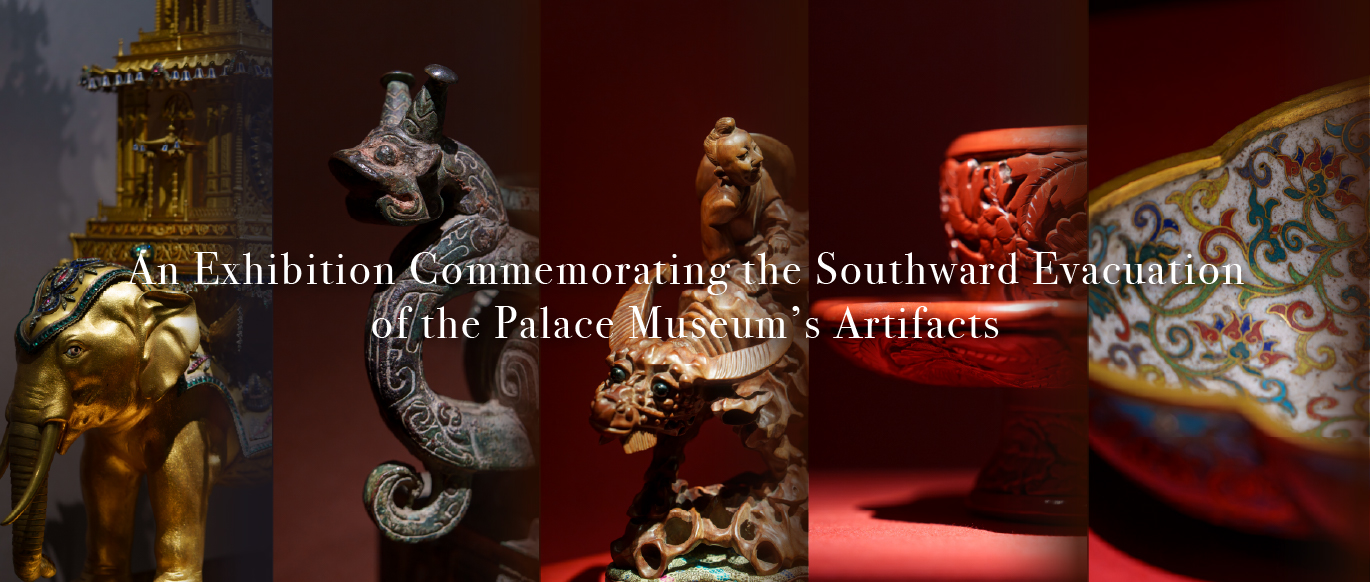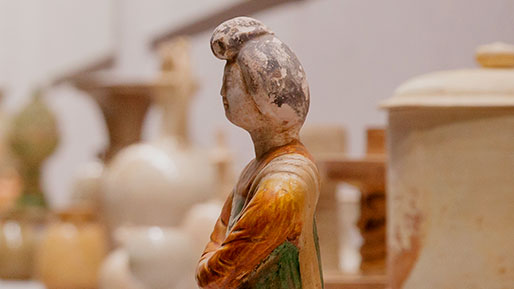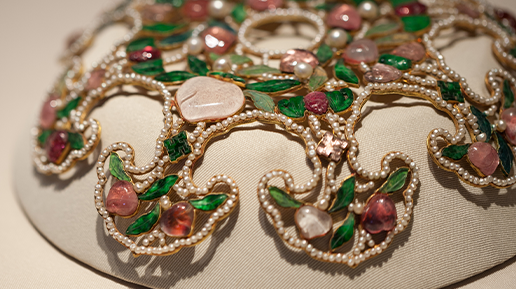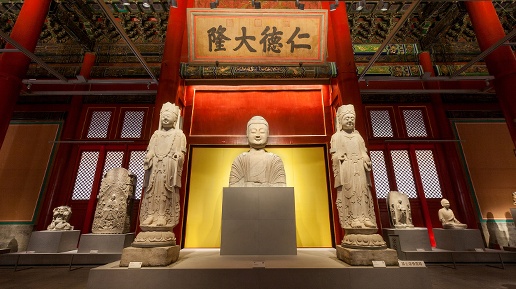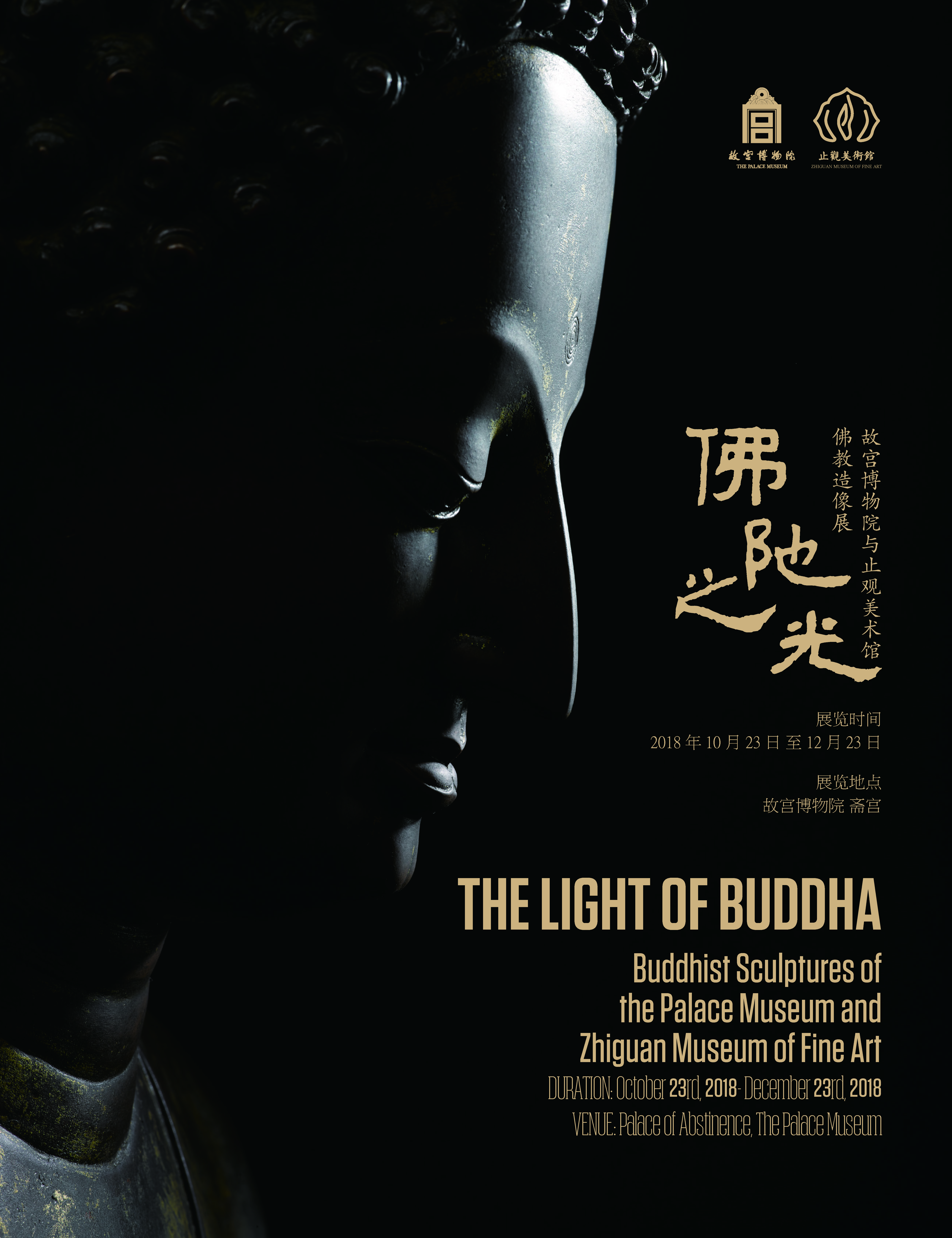
The Light of Buddha: Buddhist Sculptures of the Palace Museum and Zhiguan Museum of Fine Art
Tibetan Buddhist art is aesthetically distinct and captivating, and growing numbers of art enthusiasts and museumgoers are becoming interested in the many genres represented in the diversity of works within this religious tradition. This new exhibition features 112 exquisite sculptures selected from the Palace Museum, Zhiguan Museum of Fine Art, and private collections. The ancient works on view are made, primarily, of copper alloy and originate in Tibet, Nepal, and northwestern, northeastern, and central India. Crafted between the sixth and fifteenth centuries, the works display the diversity of Tibetan Buddhist art and testify to how the represented artforms underwent dynamic transformations during that period.
Part I: From Northwestern India to Western Tibet
Situated at the north of the South Asian subcontinent, northwestern India was a conduit of the ancient Silk Road and a crossroads at which diverse cultures converged. Buddhist art in this region assimilated aspects of the cultures of ancient Greece, West and Central Asia, and India and directly influenced western Tibet. The art of western Tibetan, therefore, became infused with elements from northwestern India and indigenous elements and cultivated the distinctive characteristics of what is now called the western Tibetan style.
Part II: From India and Nepal to Central Tibet
Northeastern Indian and, especially, Nepalese art profoundly influenced the formation of the central Tibetan style. The unique western and central Tibetan styles were developed by integrating aspects of extraneous traditions while preserving indigenous elements. The resulting styles are integral to distinct traditions among the vast array of Buddhist art.
The exhibition features many examples of extraordinary artisanship. Indeed, some are incomparable treasures of Himalayan sculpture. The exhibition allows museumgoers to appreciate these artistic masterpieces and their representative traditions while providing a platform for scholars and burgeoning connoisseurs to research the art itself and engage in academic exchange.
English-website version edited by Adam J. Ensign and Kang Xiaolu





